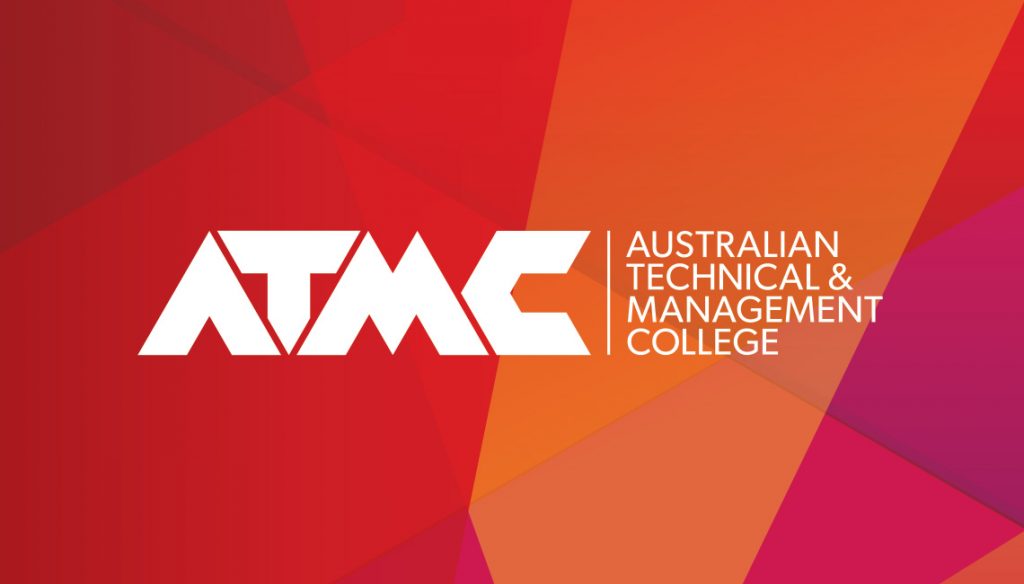
ATMC breaks down learning barriers with tactical deployment of online learning
The Australian Technical and Management College (ATMC) offers a pathway for international students seeking higher education in business and management. COVID-19 however threatened to erect a barrier right across that pathway unless the organisation could find a rapid workaround.
ATMC students have traditionally been taught face–to–face in its Sydney and Melbourne campuses, but with many students unable to travel to Australia for the start of the 2020 academic year, and even more facing the prospect of having to work from home, ATMC needed an online learning alternative.
It is now using Microsoft Teams to establish its digital teaching and learning platform.
Through its relationships with Federation University Australia and the University of the Sunshine Coast ATMC offers a range of bachelor degrees, associate degrees, graduate diplomas and master’s degrees in information technology, information systems, business and accounting.
Pivoting to an online teaching and learning model because of the Coronavirus pandemic requires significant effort according to ATMC chief sales and marketing officer Scott Hillard. “Most universities, us and our partners included, are moving to online delivery of courses within a matter of weeks.” That requires a shift in thinking with regard to pedagogy but is critical in order to “Ensure that we sustain the experience that students have been promised, but doing it in an online fashion.”
 Andrew Luu, IT manager for ATMC, explains that because the organisation uses Office 365 for all staff and students, everyone already had access to Teams making it an obvious contender as the teaching and learning platform.
Andrew Luu, IT manager for ATMC, explains that because the organisation uses Office 365 for all staff and students, everyone already had access to Teams making it an obvious contender as the teaching and learning platform.
“In the first stage, we’re training all our lecturers on how to start up a Teams meeting, how to start up a video session and do general screen-sharing,” he explains. ATMC has also provided a one–page advice to its 2,000 students that explains how to sign into Teams and also some guidance around Teams etiquette such as how to mute themselves, turn the camera on and off, and use the Teams Chat window to post their questions to the lecturer or one another.
Once a student is signed into Teams they will automatically find themselves in the correct Team based on their selected course, with automatic access to all their allocated courses and lecturers.
Luu explains; “We’re using PowerShell scripts where we know what the student’s ATMC domain name is and who the lecturers are. So from that script, we create their groups on the backend that would create them in their assigned classes, whatever the class course code is. Only those students will be in those allocated Teams.”
ATMC’s 251 lecturers can load their lecture content, which is often already in a PowerPoint format, directly into Teams and also make use of the platform’s communications and collaboration capability to engage with their students. ATMC is now working toward using video to allow students to engage with practical and assessment components of their courses.
Luu is also exploring how it might be possible to integrate content from the Blackboard and Moodle learning management systems that its affiliated universities use.
Existing investment
Given the pace at which COVID-19 is moving, and the flux in regulations about issues such as travelling to Australia and self-isolation, it has been important to ATMC to be able to leverage its existing technology investment says Hillard.
“Andrew in particular has kind of been forced to improvise, adapt, and overcome. We’ve had to find a means to roll out a solution like this without going through the whole acquisition process of a brand new platform like Blackboard, for example. This is a real urgent tactical application problem, needing an urgent solution.
“What sort of application can provide that solution that will tick, A, the requirements of the university partners; B, the requirements of the various regulators in the industry; and C, ensure that the lecturers and most importantly the students get to continue the normal education experience that they would expect and they’re paying a considerable sum for.”
He adds that by being able to offer an online learning alternative in such a short period of time ATMC has been able to mitigate the impact of the Coronavirus on enrolments and revenues. Even those students who have not been able to get to Australia yet have not had to defer, but been able to access their courses online from their home country, while students in Australia and lecturers now have the option to work from home.
According to Hillard;
If there’s a lockdown in any particular geographic location or any other restrictions on movement, it means that we can continue uninterrupted and continue to deliver those services for our students.
ATMC is also starting to use Teams to connect with and train its international education agents who recruit students to the college from around the world. Hillard adds; “We’re also doing individual, one-on-one video consultations with students, counselling them and their families, again, via Teams, whereas normally that would be face to face with somebody actively in market.”
While the pivot to online learning was a tactical decision, it could well morph into long term strategy says Hillard as people increasingly recognise the benefits of more flexible learning options.
We’re focused on supporting our customers during these difficult times. For more information on how we can help your business, please see our dedicated webpage and report on Supporting Resilient Operations. We’ll be updating these resources regularly as the situation evolves.














